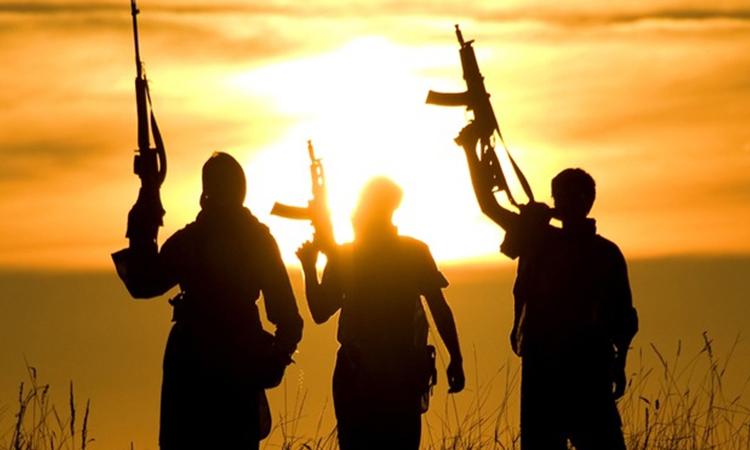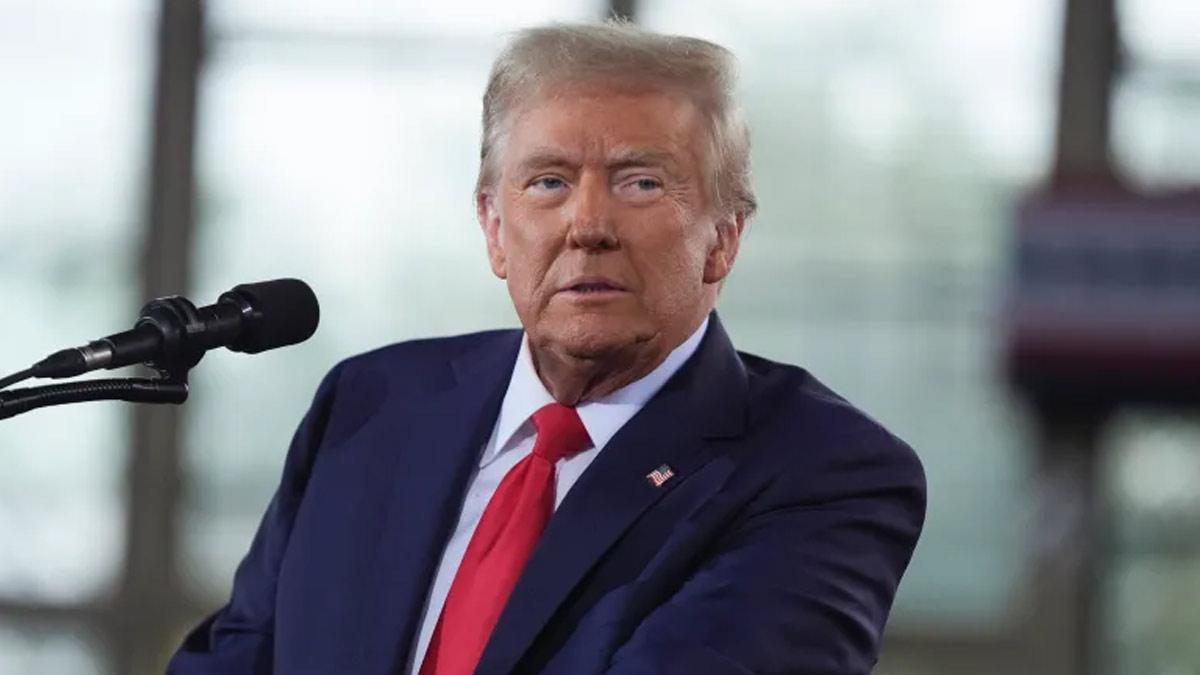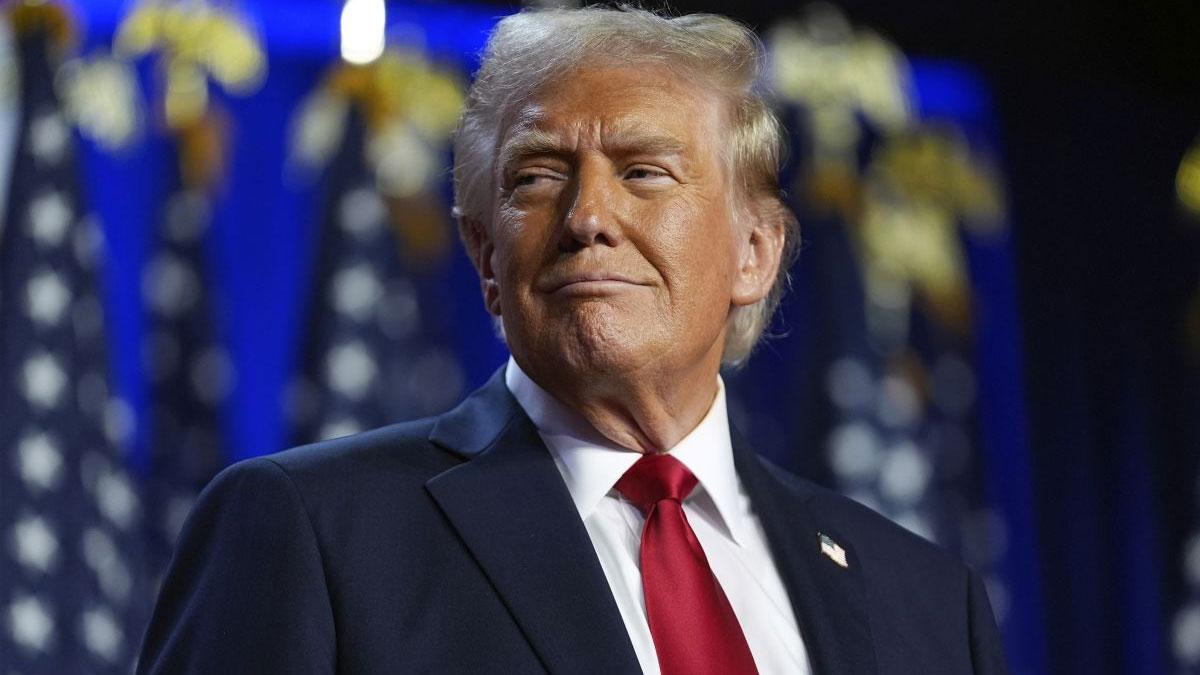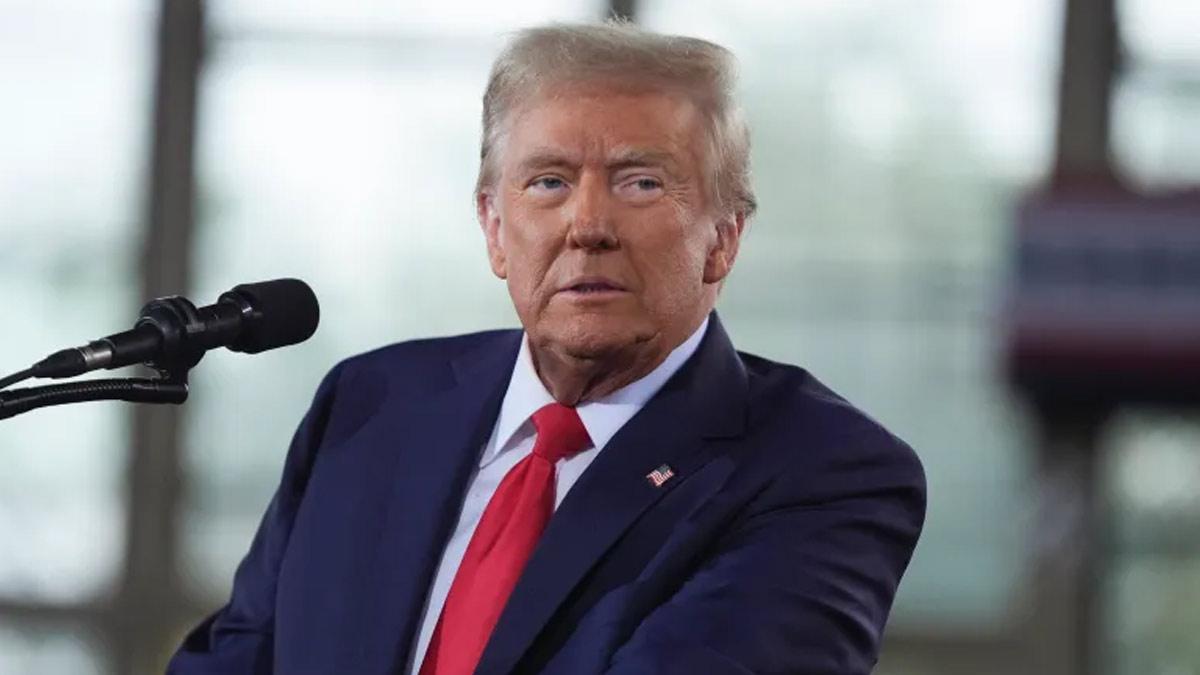Hearings in the US Senate in 2009 on the lessons learnt from the 26/11 Mumbai attacks had clearly spelt out the nexus between Pakistan's Inter-Services Intelligence (ISI) and Lashkar-e-Taiba (LeT).
The Senate hearings, which had inputs from intelligence officials, FBI and NYPD, had in detail discussed the LeT as the perpetrator of the ghastly Mumbai attacks.
The hearings testified that LeT was founded by three individuals, one of whom was supposedly a mentor to Osama bin Laden.
"But it became very quickly tied to ISI because its motivations and its world view were very compatible with the leadership of the ISI at that time," they said.
ALSO READ | Colonels and majors acting like kings: Pak Chief Justice
"From the very beginning, LeT was one of the principal beneficiaries of the Pakistani intelligence service's generosity, because of its very strong commitment to jihad, which was seen by the ISI as being particularly valuable in Pakistan's ongoing conflict with India," it was said.
LeT's objectives, however, have always transcended South Asia.
"If you look at the LeT website, if you listen to the remarks made by Hafiz Saeed, the leader of the LeT, and read its numerous publications, there are recurrent references to both Israel and the US as being co-joined targets of LeT objectives in addition to India, and there is frequent reference to the Zionist-Hindu-Crusader axis, which seems to animate a great deal of LeT's antipathy to liberal democracy, which it sees as being implacably opposed to Islam," the testimonies added.
At that time, Indian intelligence services had assessed that LeT maintains a terrorist presence in at least 21 countries worldwide, and this terrorist presence takes a variety of forms, everything from liaison and networking to the facilitation of terrorist acts by third parties, fundraising, procurement of weapons and explosives, recruitment of volunteers for suicide missions, creation of sleeper cells, including in the US, and actual armed conflict.
ALSO READ | US-bound migrant caravan dwindles, moves through Mexico's Gulf Coast
US officials had testified that of all the terrorist groups that are present in South Asia today, LeT represents a threat to regional and global security second only to al-Qaeda. This is because of its ideology.
Its ideology is shaped by the Ahl al-Hadith school of Saudi Wahhabism and its objectives are focused on creating a universal Islamic Caliphate, essentially through means of preaching and jihad, and both these instruments are seen as co-equal in LeT's world view.
A very distinctive element of LeT's objective is what it calls the recovery of lost Muslim lands, i.e., lands that were once governed by Muslim rulers, but which have since passed to other political dispensations, officials said.
The objective of creating this universal Islamic Caliphate has made LeT a very close collaborator of al-Qaeda and it has collaborated with the al-Qaeda in Afghanistan since at least 1987.
Its objective of recovering lost Muslim lands has pushed LeT into a variety of theatres outside South Asia.
"We have identified LeT presence in areas as diverse as Palestine, Spain, Chechnya, Kosovo and Eritrea," the officials had said.


















